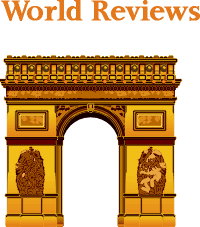

A global archive of independent reviews of everything happening from the beginning of the millennium
Read our Copyright Notice click here
For publication dates click here
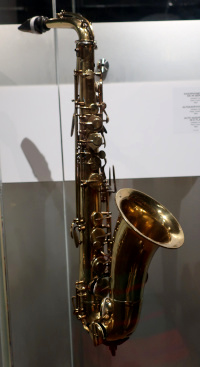
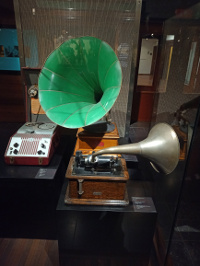
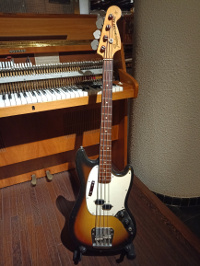
MUSICAL INSTRUMENTS MUSEUM
Reviewed by ANDRE BEAUMONT
The Musical Instruments Museum in Brussels has the largest collection of musical instruments I have encountered in one place.
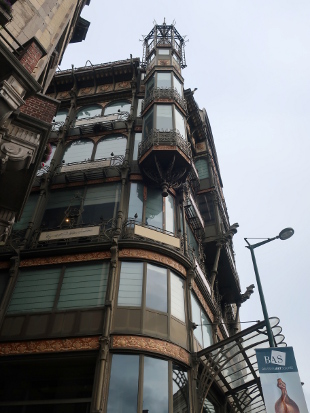
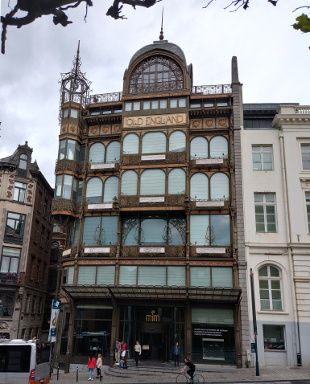
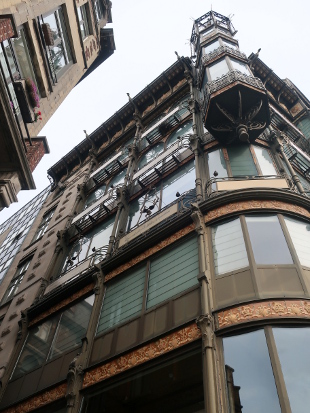
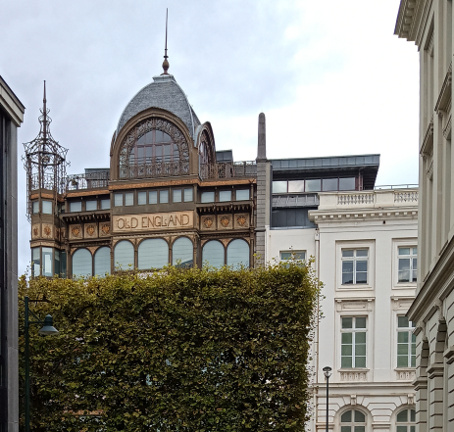
In the nineties, when the renovation of the Art Nouveau department store began, which I had never been in, with the intention that it would become a musical instruments museum, I was most fascinated with this wonderful project. The building looked a little small for a whole museum but I did not know then, as I do now after a visit, that there would be a modern extension behind and that the adjacent classical building would also form part of the museum.
Weeks turned into months and then years as the renovations and preparations dragged on, after which my route through central Brussels changed and a visit never happened.
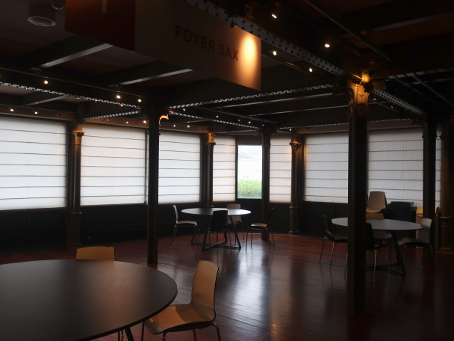
Art Nouveau (steel frame)
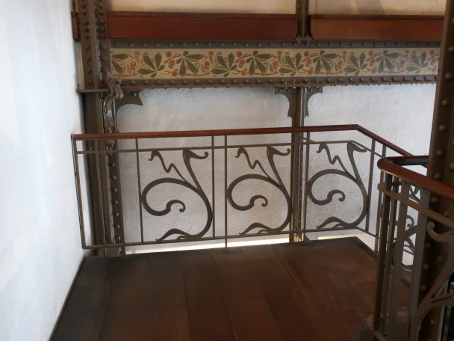
exposed steel frame is a rarity now in medium sized buildings for fire safety reasons
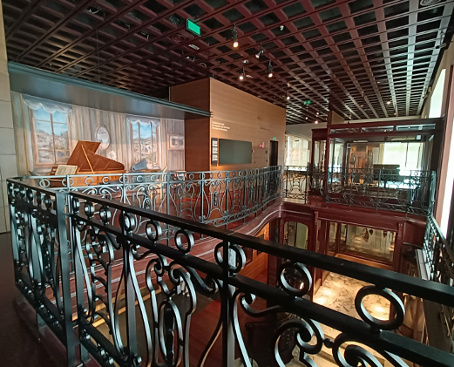
transition to extension
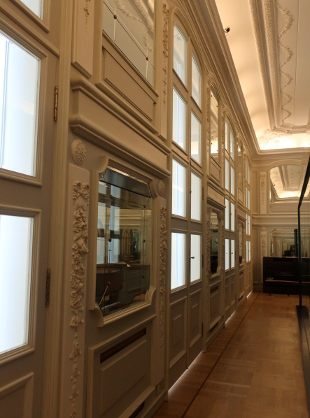
Classical
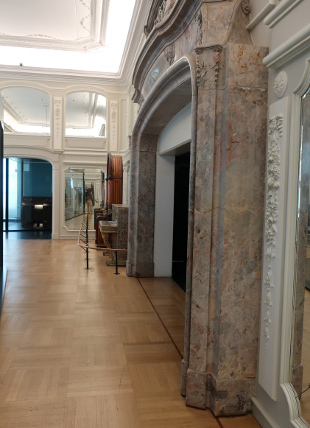
Until now. If I had gone round in those days I would have acquainted myself with floor plans and likely collection contents first. This time, the time allotted for a visit proved wildly too short as this information was acquired on the hoof. The learning curve was the steepest I have encountered in a museum, which was great, but it does hold me back from commenting on the exhibits!
The museum is arranged on floor floors. The topmost has keyboard instruments. The next down, the first floor, the history of European instruments, the ground floor the development of world instruments and the basement the mechanical aspects of making and reproducing music.
Start at the top and work down was the obvious route from the point of view of familiarity with the range of instruments and though all floors were visited, the bottom two received so little time it would be a little unfair to try to truly cover them here.
Perhaps there could be a Part II. Some of the quality of the architecture is unusual, exceptional when it comes to the use of wood.
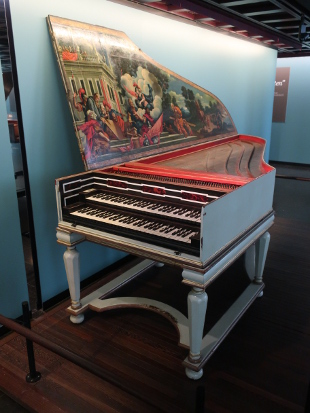
harpsichord with decorated case, Hieronymus Albrecht Hass, Hamburg, 1734
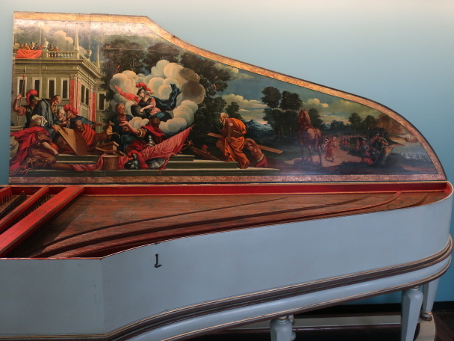
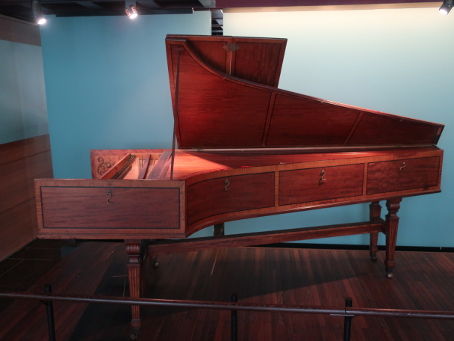
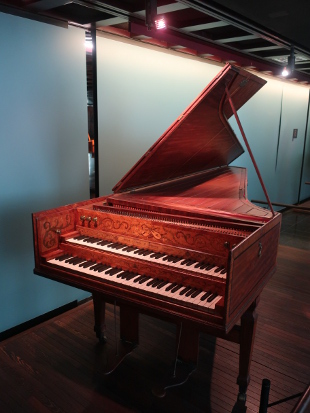
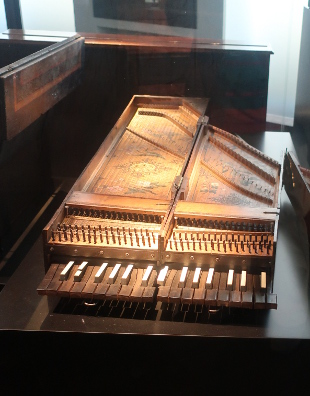
two travelling keyboards
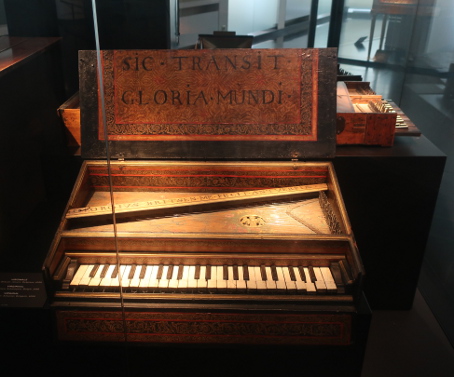
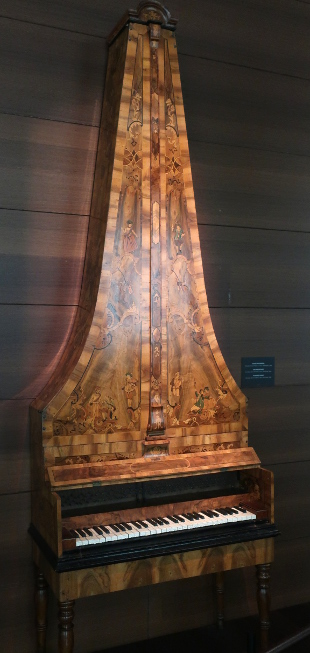
pyramid piano, Gera, 1745
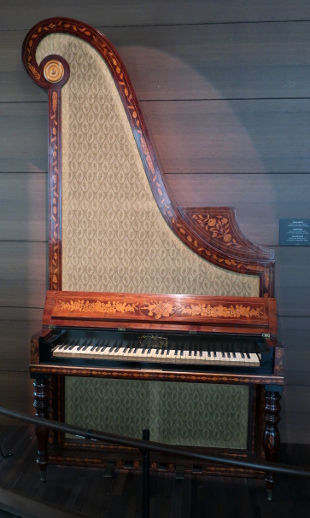
giraffe piano, Amsterdam, c.1835
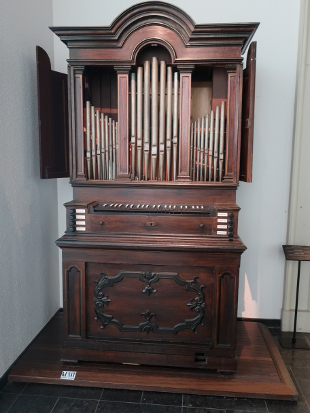
cabinet organ, Jacob Engelbert Teschemacher, c.1760
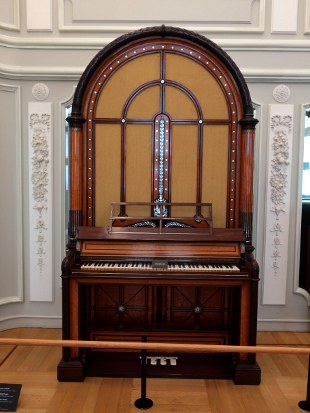
cabinet piano, Jean Groetaers & Sons, Brussels, 1830
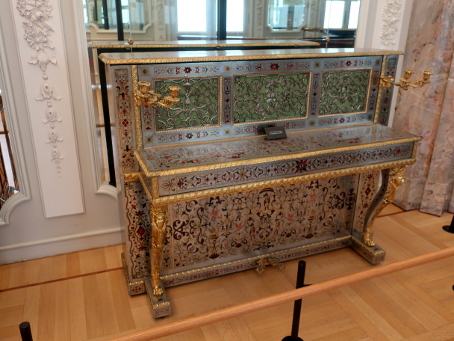
Louis Sternberg, Brussels, c.1865, legacy of Queen Marie-Henriette of Belgium
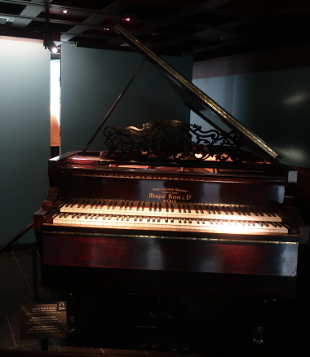
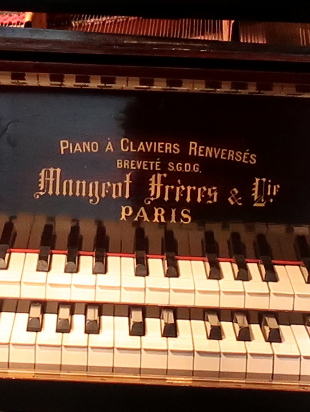
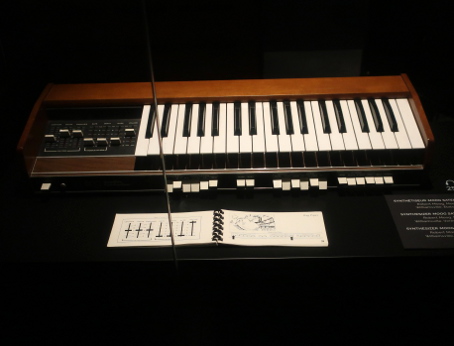
Robert Moog, Moog Satellite synthesizer, Williamsville, United States, 1972
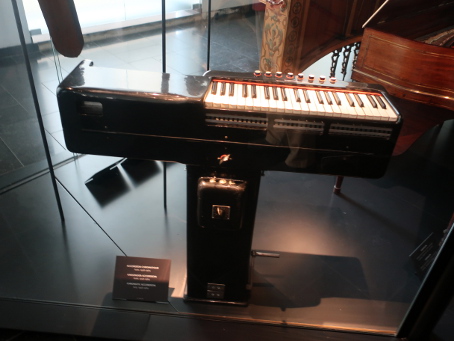
chromatic accordian, 1958-1962
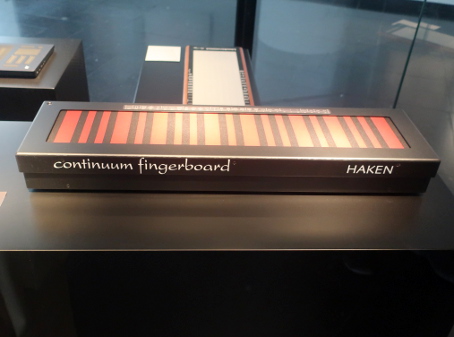
the world need not be confined to the western designation of notes
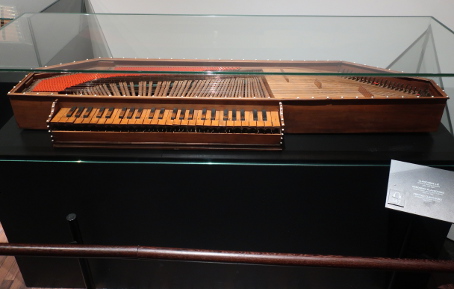
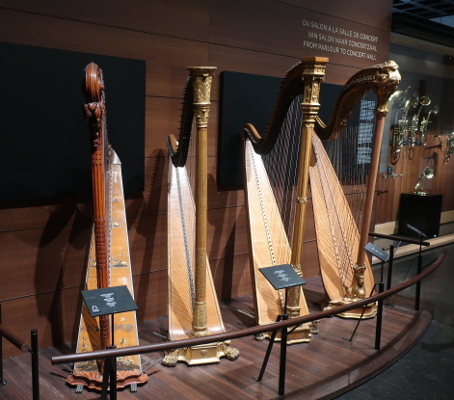
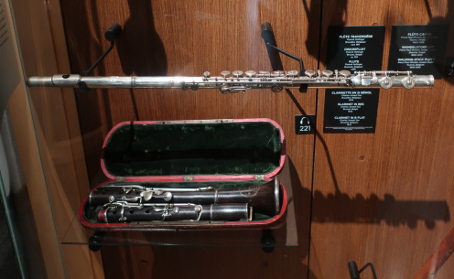
transversal flute, Florent Hofinger, Brussels, c.1911
and clarinet in B flat, Charles-Joseph Sax, Brussels, 1833
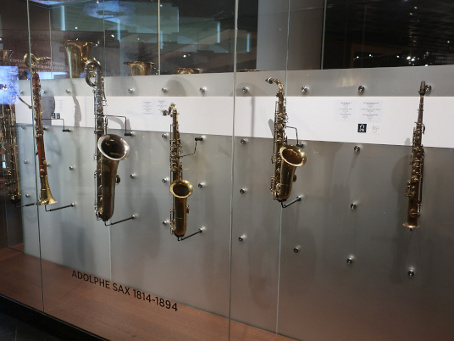
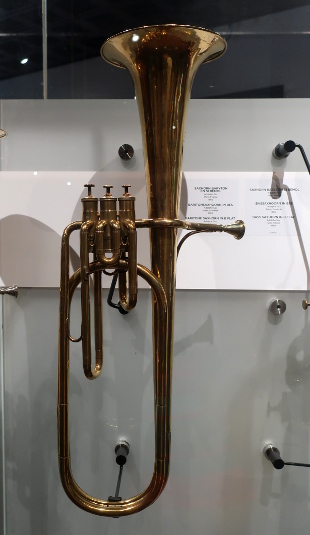
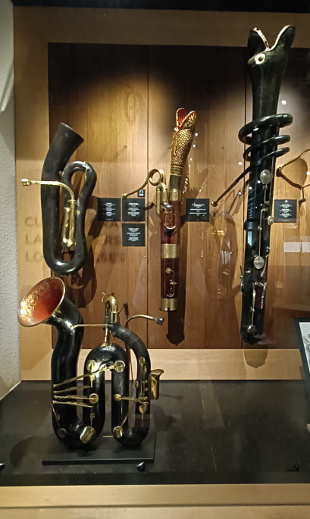
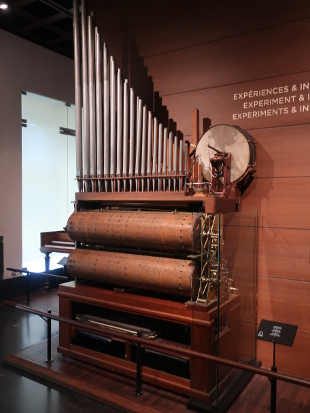
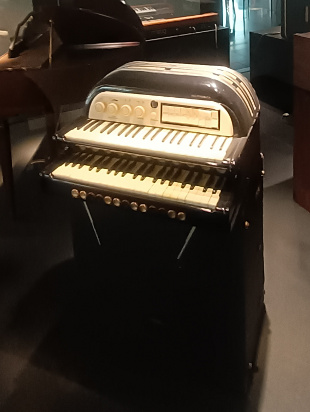
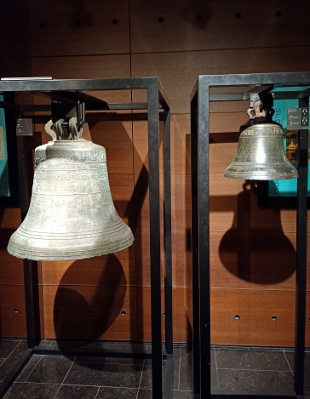
time pressed ....
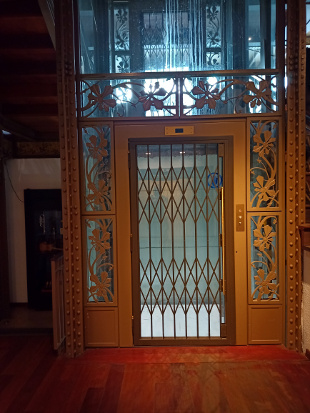
and bells used to mark the arrival of your lift